Description
How can a novel set in Abbasid-era Baghdad be both a detective story and a philosophical one? This is the novel *Crime, Art, and the Dictionary of Baghdad*, a work that reaches the pinnacle of narrative beauty. It explores the philosophical and esoteric schools of Baghdad during the Abbasid period. The story begins in the 6th century AH (12th century CE) with the arrival of the missing 53rd Epistle of the Brethren of Purity aboard the ship Murad, illustrated by the artist Yahya al-Wasiti. This arrival sparks a conflict among the leaders of the Khawaji sect. Following a denunciation that reaches the judges, the Abbasid vizier sentences the sect’s leader, Imad al-Din ibn Abi Rayhana al-Naqqash, to death. Imad al-Din is one of the three members of the Triangle of Wisdom, who shared leadership of the sect with Khawaja Abbas and Khawaja Sinan. However, Khawaja Abbas accuses Khawaja Sinan of this denunciation and sends one of the sect’s most loyal members, Khawaja Nasr al-Din, to assassinate him. On his way to carry out this crime, Khawaja Nasr al-Din revisits the history of the Khawaji sect. This secret society emerged in the later years of the Abbasid era, believing in art and eternal wisdom. It drew its inspiration from the golden chain of Islamic Pythagoreans, such as Al-Farabi, Jabir ibn Hayyan, and Thabit ibn Qurra. Its system relied on the Baghdad Dictionary, a secret book housed in a quince box adorned with gold and silver. This sect considered it the greatest legacy of wisdom and art, as it contained the secrets of Baghdad and the story of its founding. This novel recounts the history of the schools and secret movements in Abbasid Baghdad, written in a style reminiscent of miniature art and Islamic Arabic ornamentation, with a detective plot revolving around a hidden crime.



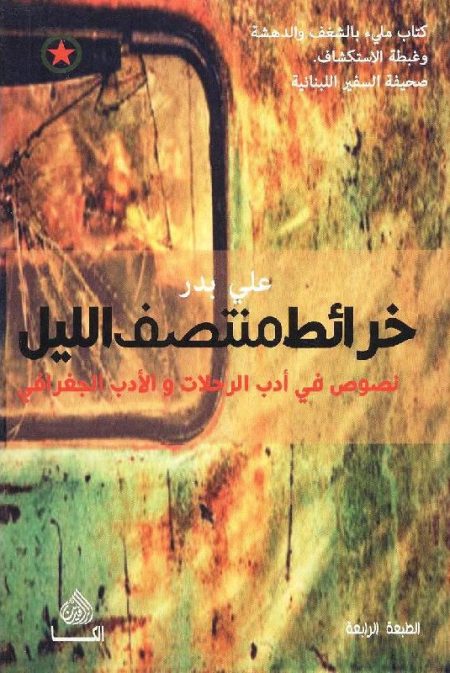
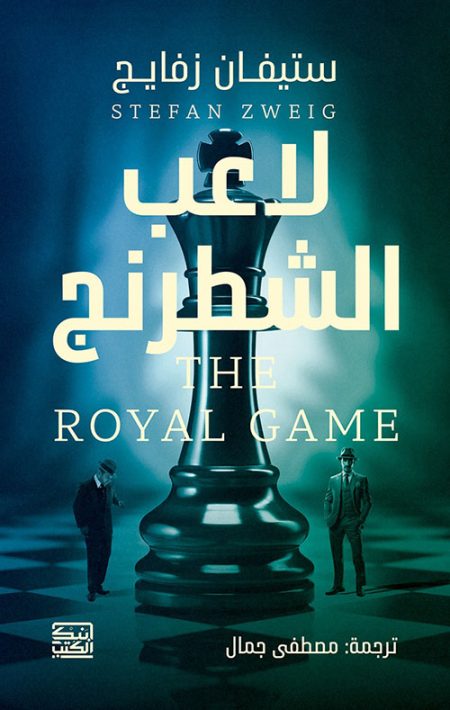
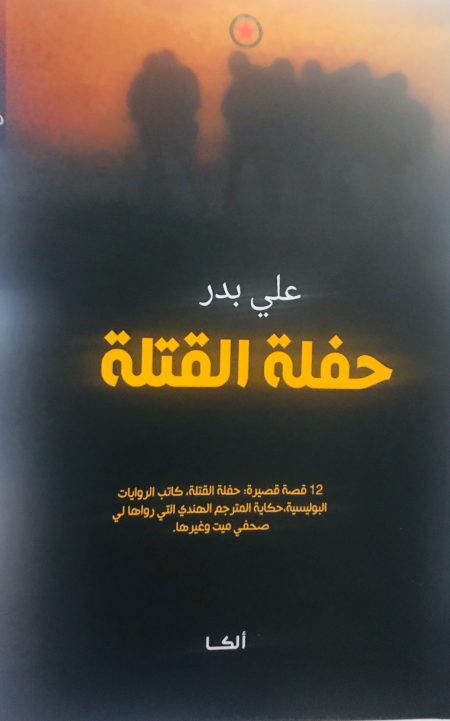
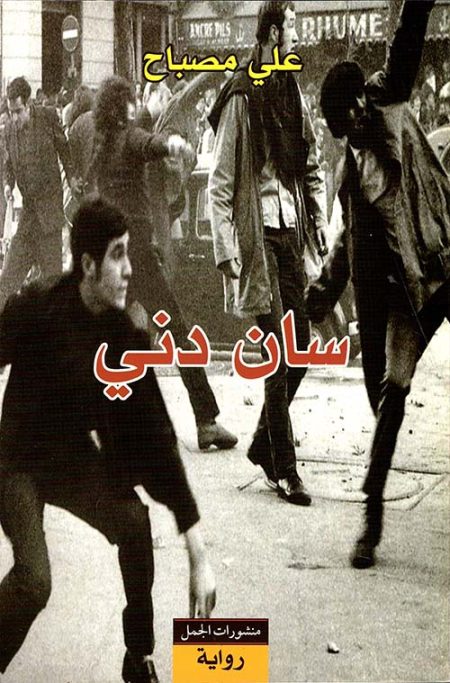
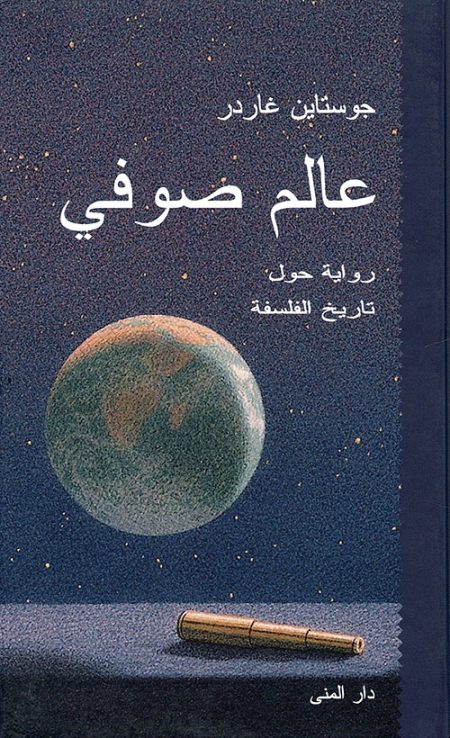


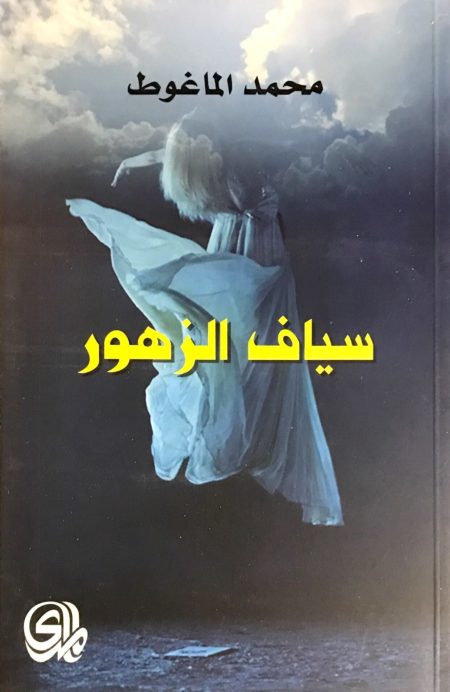
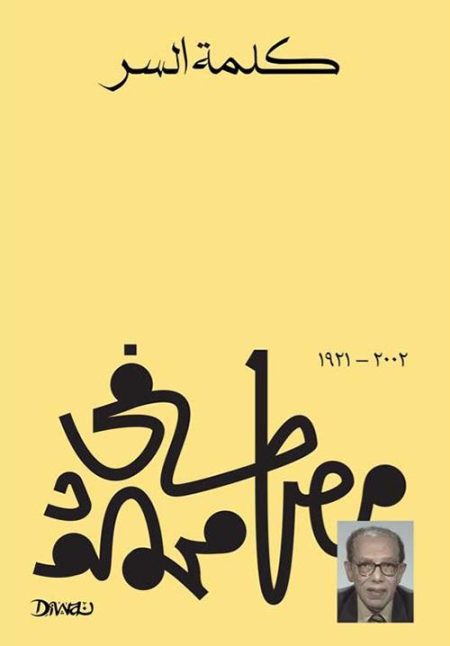
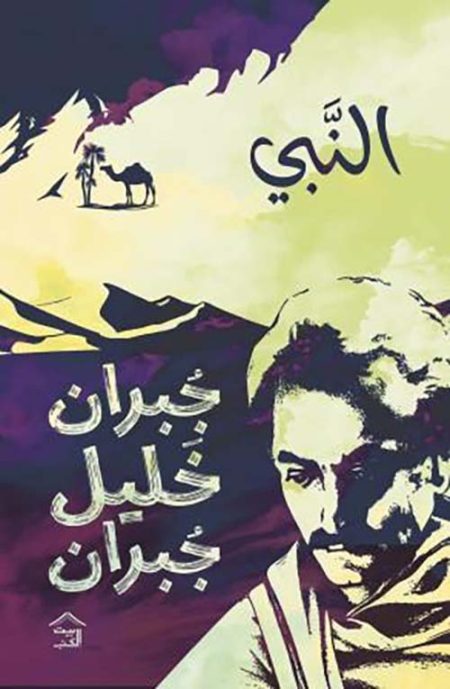
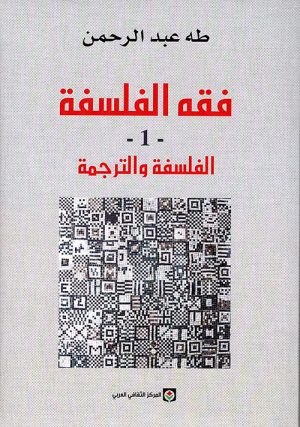


Reviews
There are no reviews yet.